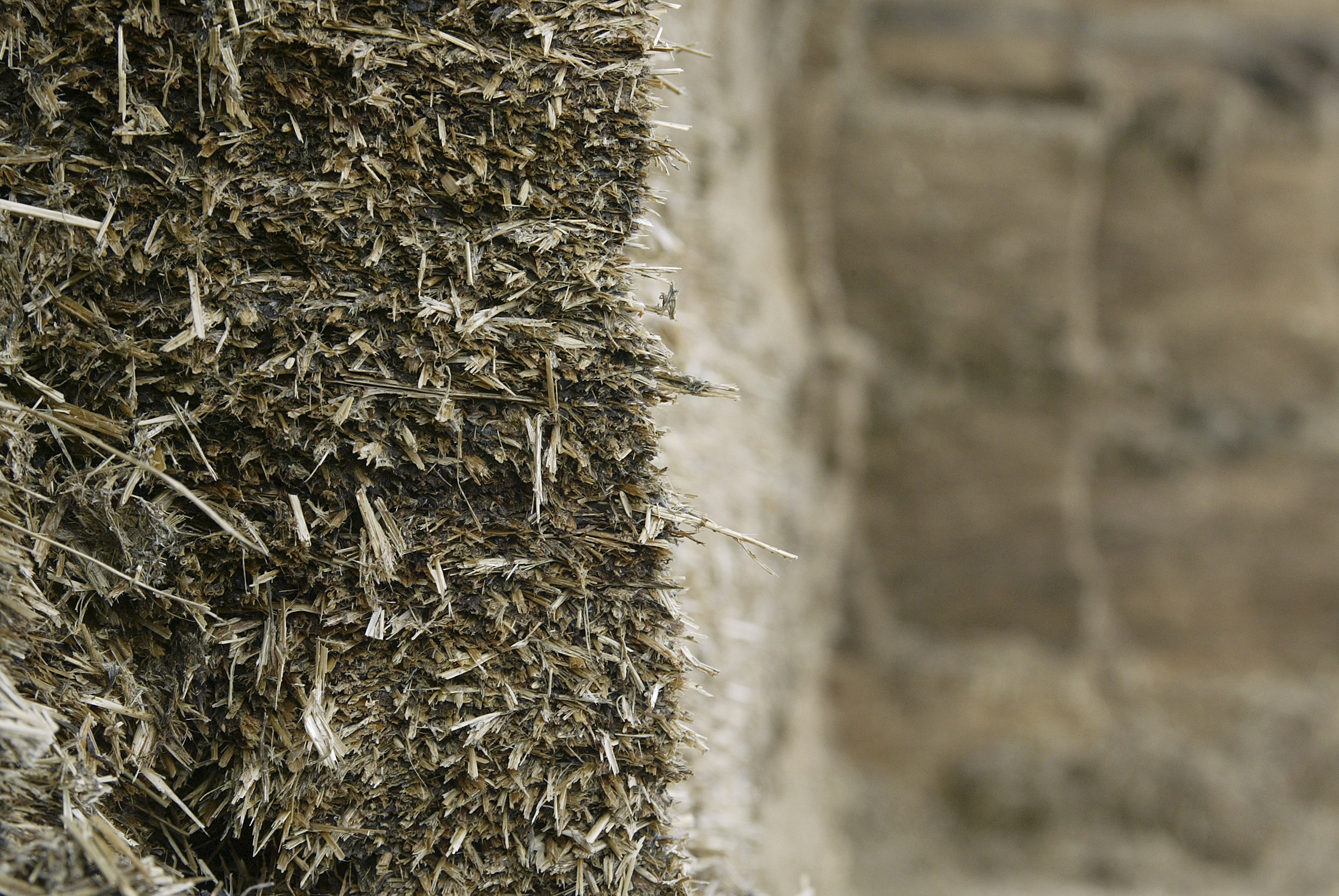- Home
- Knowledge library
- Test silage crude protein
Test silage crude protein
As grass growth caught up around the country, it helped fill many clamps with quality grass silage. Yet it’s still important to get it analysed before planning this winter’s rations. Not only could you save money on bought-in protein feeds but also pick up potentially high nitrate levels, which could lead to health or production issues later on if they aren’t dealt with.
Together with good yields of 12–14 t DM/ha, crude proteins have been higher than normal this year at around 15%, says Dr George Fisher of CF Fertilisers. Where grass has been of high quality, good feed planning could reduce the amount of protein needed to balance a ration, thus reducing costs, he says. However, he has seen grasses with higher nitrate levels where nutrients hadn’t been fully utilised before mowing, leading to some clamps containing higher crude proteins due to non-protein nitrogen.
“People might be pleased with their quality at cutting and with yields, but this type of high-nitrate silage makes it harder to get the pH down, which affects fermentation in the clamp. The resulting silage could affect lameness, fertility and milk yield,” he explains. “Run a non-protein nitrogen check on crude protein and work with your nutritionist using the results. You can lose money if you get feed planning wrong.”


